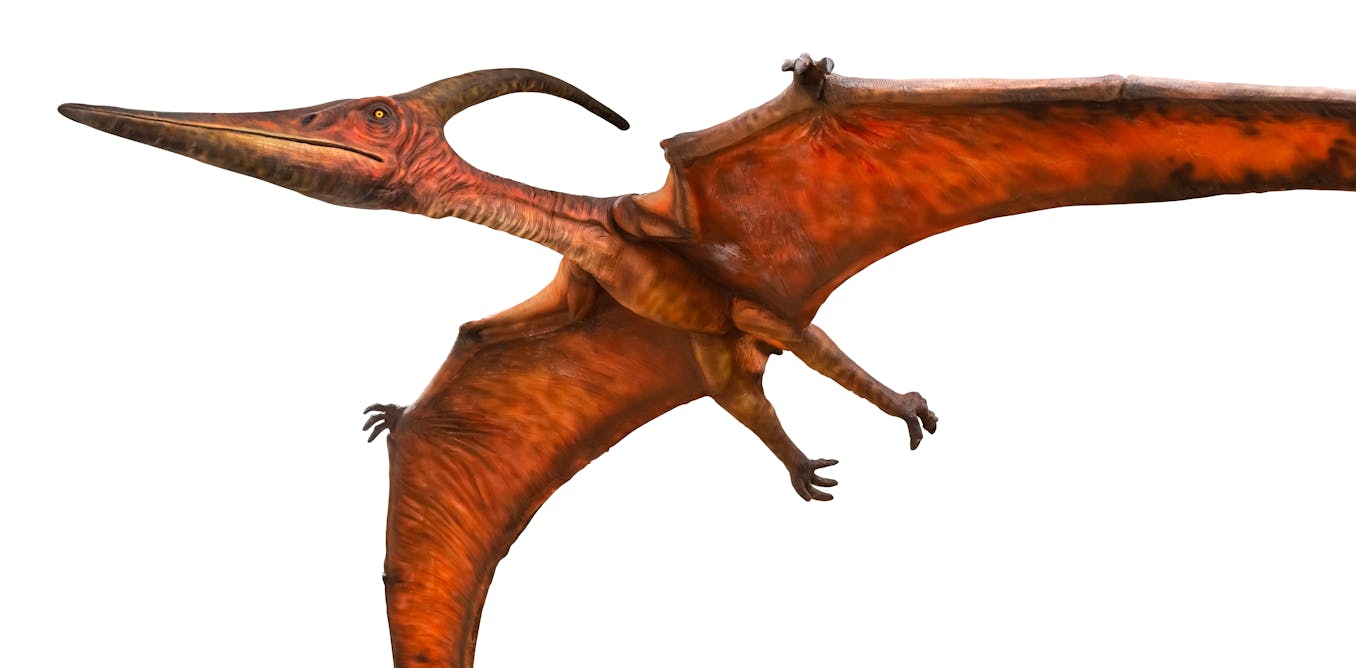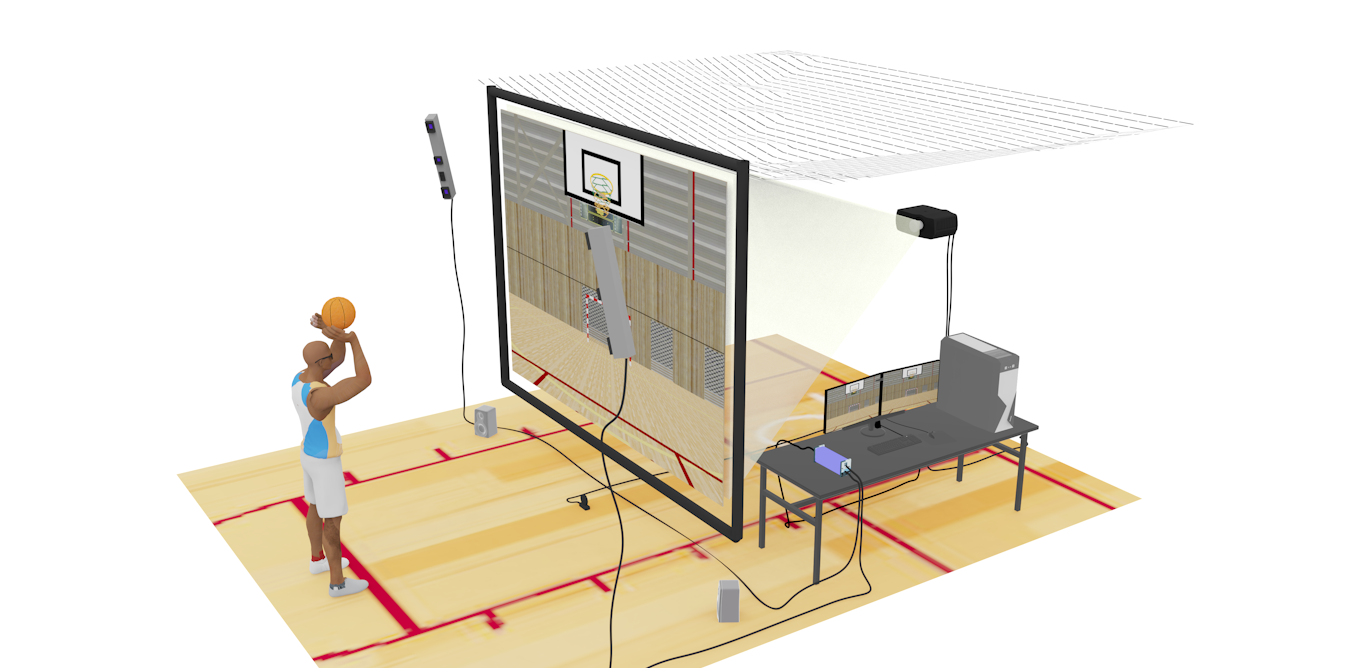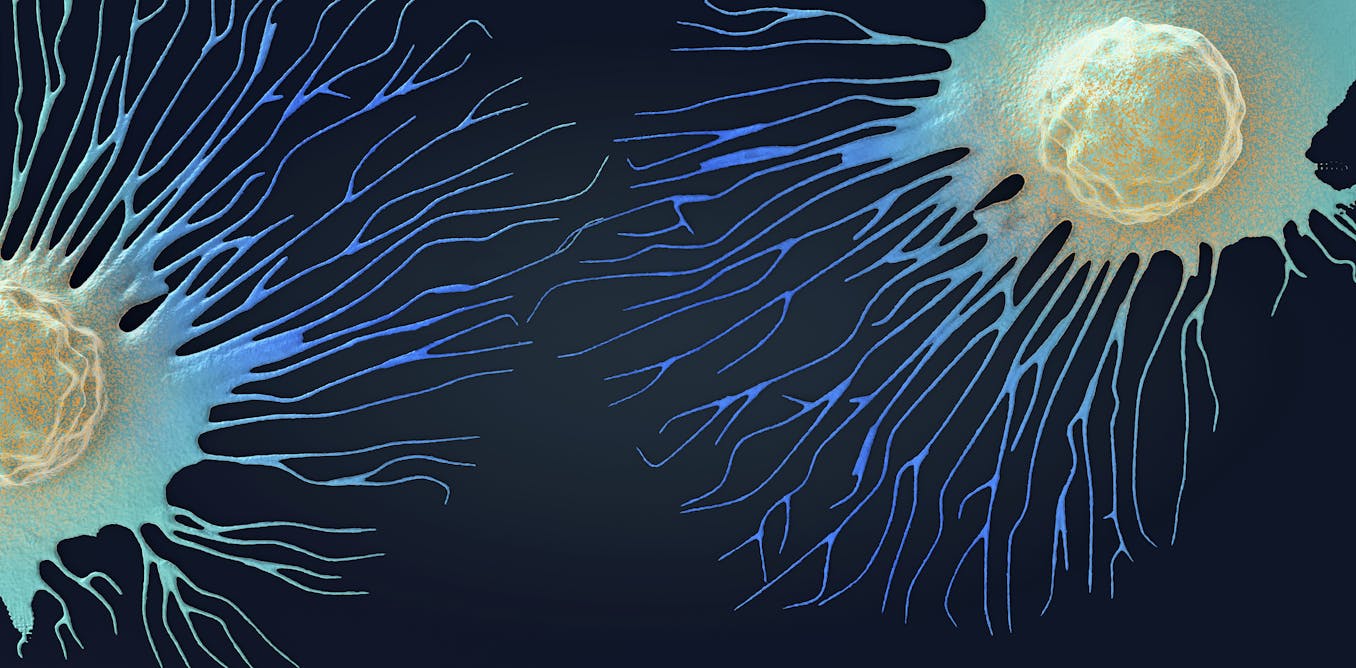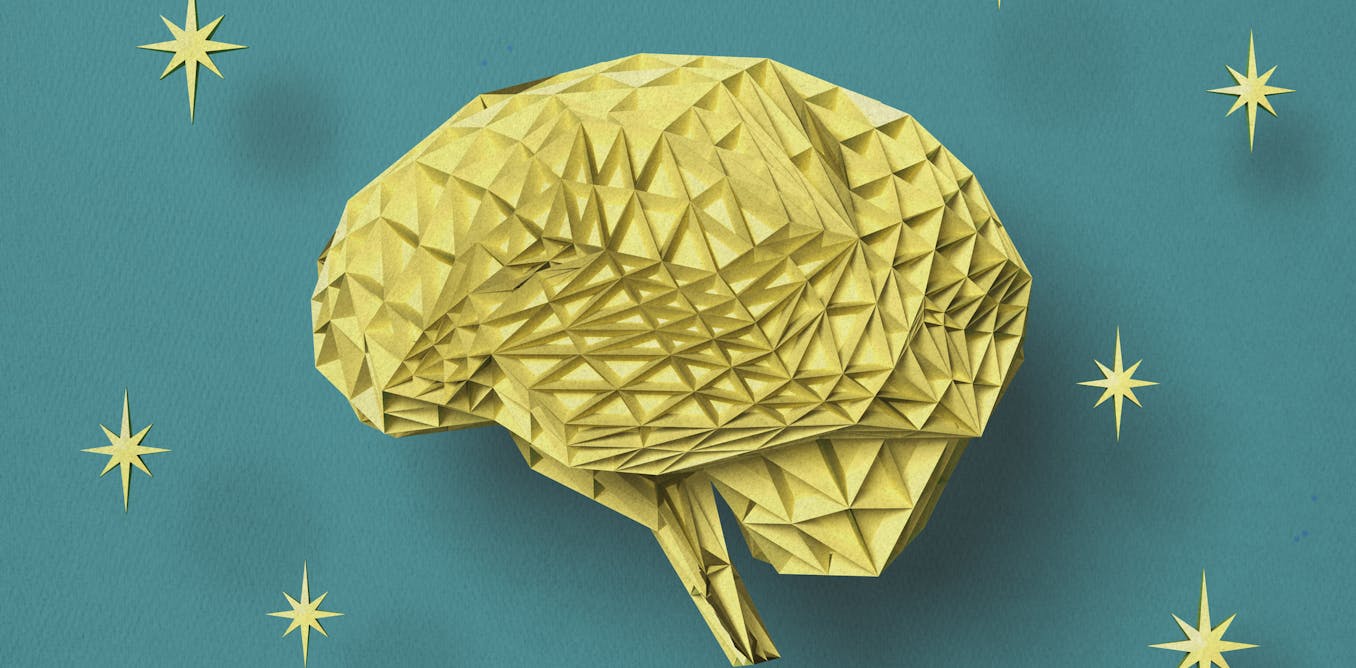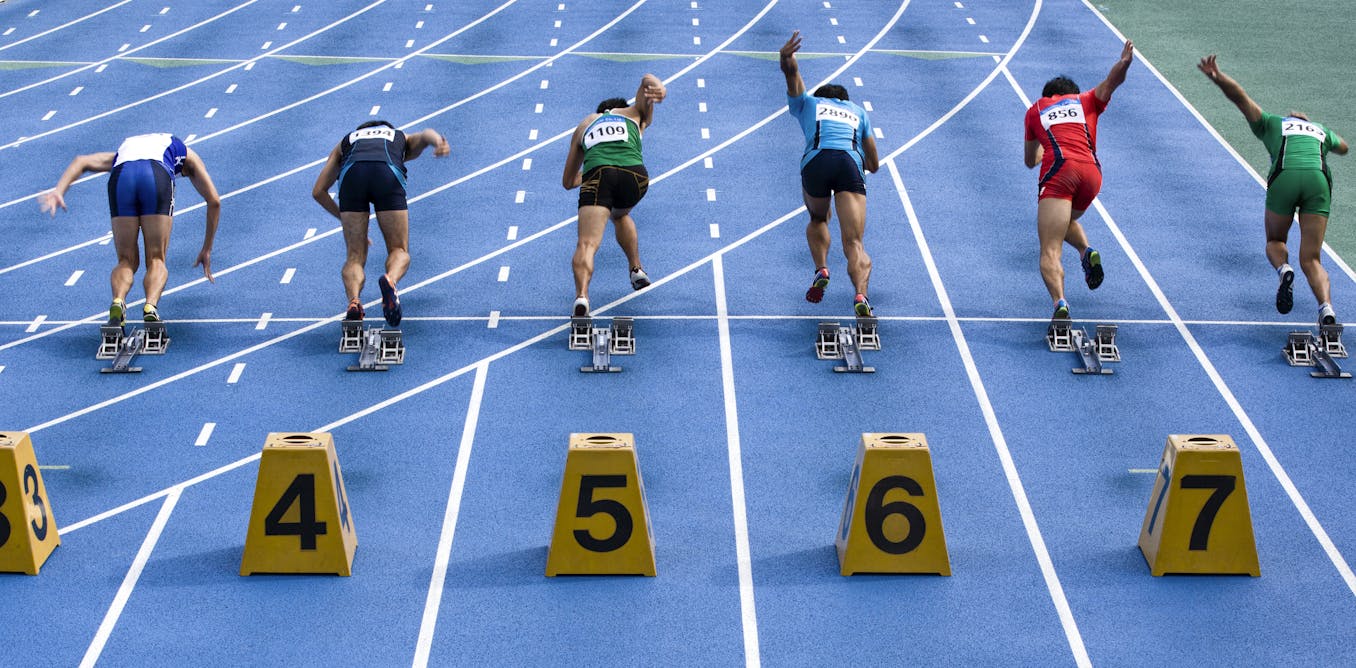Babies almost all try crawling to get from Point A to Point B, but CDC says it's not a useful developmental milestone
Revisions to the CDC’s developmental milestone checklists removed crawling as a skill that babies pick up at a typical age. A biomedical engineer describes how more research may clarify its role.
Aug. 9, 2023 • ~9 min
How cancer cells move and metastasize is influenced by the fluids surrounding them – understanding how tumors migrate can help stop their spread
Counterintuitively, cells move faster in thicker fluids. New research on breast cancer cells explains why, and reveals the role that fluid viscosity plays in metastasis.
Jan. 9, 2023 • ~7 min
World Cup 2022: footballers run either like gazelles or grizzlies – here's how our research can help coaches
Players can optimise their energy resources by adopting different styles when running in short bursts or longer periods.
Dec. 5, 2022 • ~6 min
Mechanical forces in a beating heart affect its cells' DNA, with implications for development and disease
Heart disease can change the genetic structure of heart cells. Understanding the role that mechanical forces play in these changes could lead to improvements in artificial tissue design.
Dec. 21, 2021 • ~5 min
Brain wrinkles and folds matter – researchers are studying the mechanics of how they form
Understanding how brain folding works could help researchers better diagnose and treat neurodevelopmental disorders.
Dec. 16, 2021 • ~8 min
Fish fins are teaching us the secret to flexible robots and new shape-changing materials
Fish fins are extremely flexible yet also strong. A special segmented fin design is the key to this useful combination of properties and could inspire new morphing materials.
Aug. 18, 2021 • ~6 min
We used peanuts and a climbing wall to learn how squirrels judge their leaps so successfully – and how their skills could inspire more nimble robots
How do squirrels leap through trees without falling? It takes strength, flexibility and finely tuned cognitive skills.
Aug. 5, 2021 • ~10 min
Are middle lanes fastest in track and field? Data from 8,000 racers shows not so much
In track and field, it's a common belief that middle lanes are the fastest. But according to the data, middle lanes aren't better, and in the 200-meter sprint, outside lanes might even be faster.
July 21, 2021 • ~8 min
/
2

